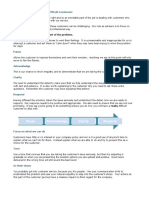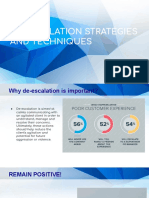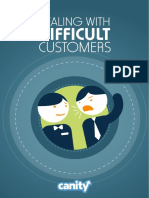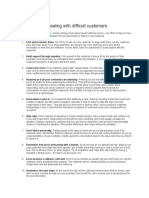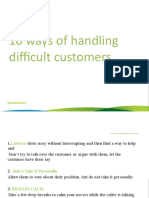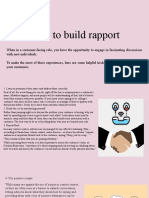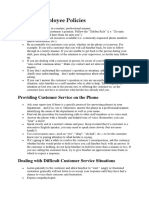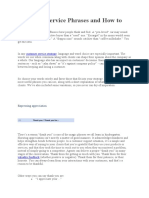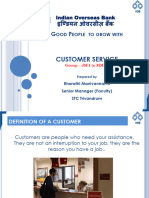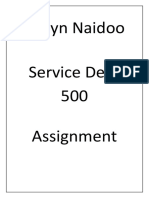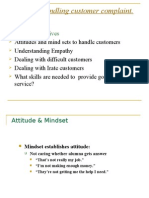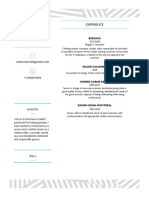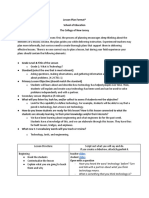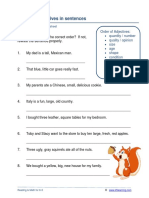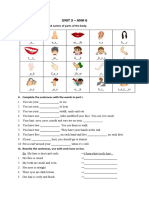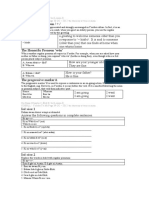0% found this document useful (0 votes)
68 views5 pagesHandling Difficult Customers
The employee remains calm and composed when dealing with an angry customer with past negative experiences. They actively listen to understand the customer's frustrations, acknowledge their feelings, and assure them of their efforts to resolve the issue. The employee thinks critically and does not take things personally, responding professionally. They explore solutions, involve their team for support, and set clear next steps before concluding the interaction.
Uploaded by
camiloleiva09Copyright
© © All Rights Reserved
We take content rights seriously. If you suspect this is your content, claim it here.
Available Formats
Download as PDF, TXT or read online on Scribd
0% found this document useful (0 votes)
68 views5 pagesHandling Difficult Customers
The employee remains calm and composed when dealing with an angry customer with past negative experiences. They actively listen to understand the customer's frustrations, acknowledge their feelings, and assure them of their efforts to resolve the issue. The employee thinks critically and does not take things personally, responding professionally. They explore solutions, involve their team for support, and set clear next steps before concluding the interaction.
Uploaded by
camiloleiva09Copyright
© © All Rights Reserved
We take content rights seriously. If you suspect this is your content, claim it here.
Available Formats
Download as PDF, TXT or read online on Scribd
/ 5




